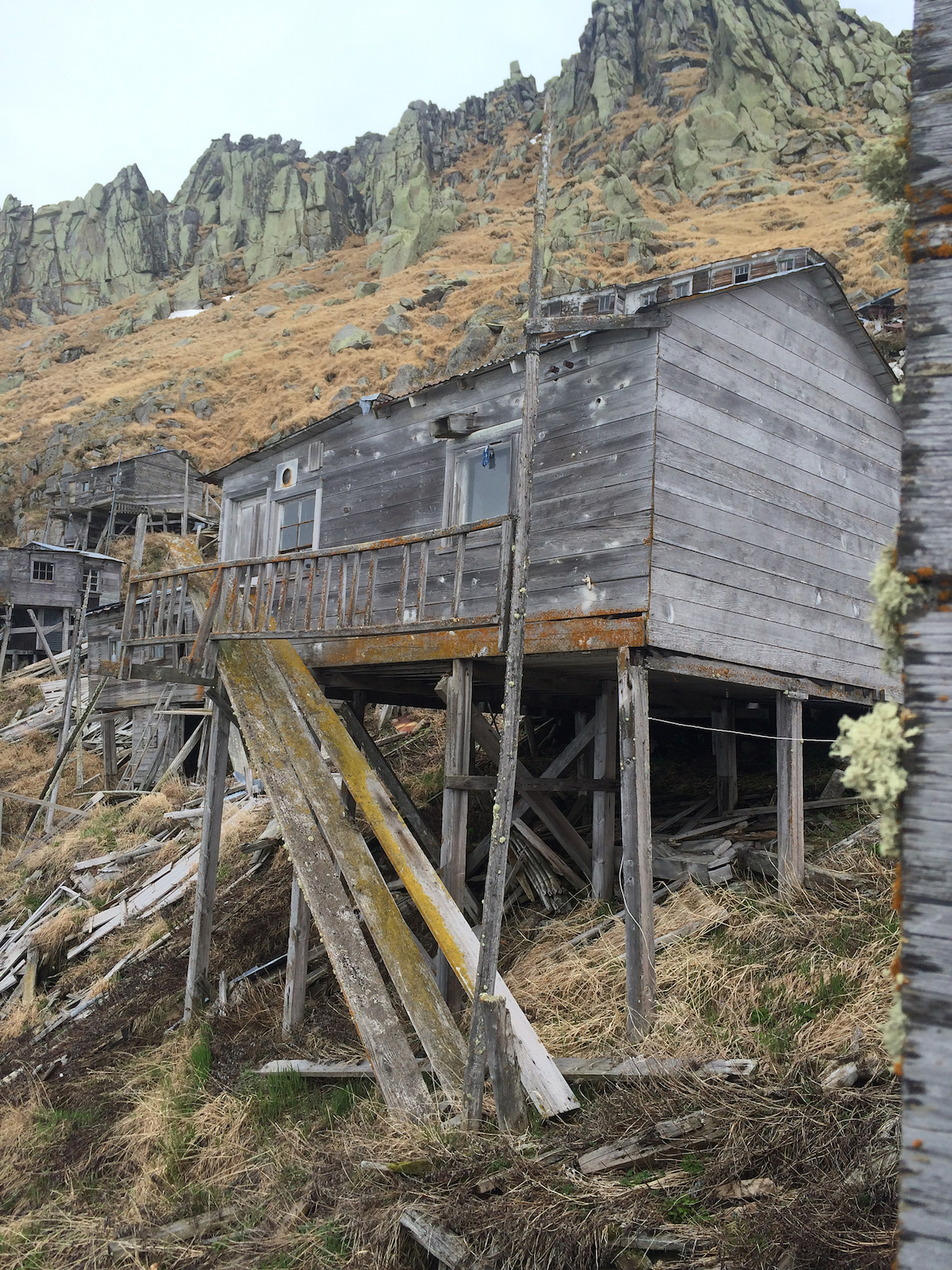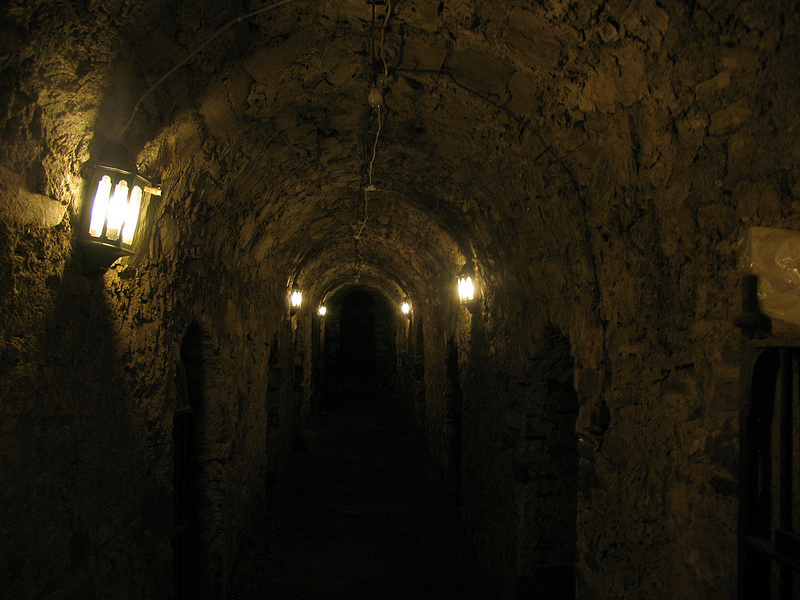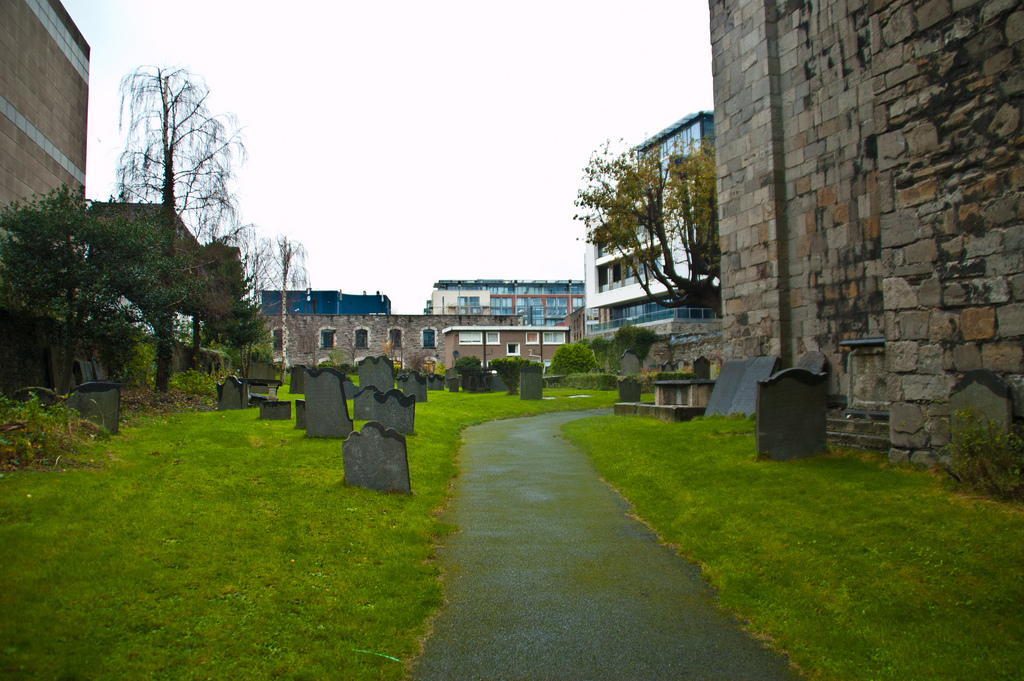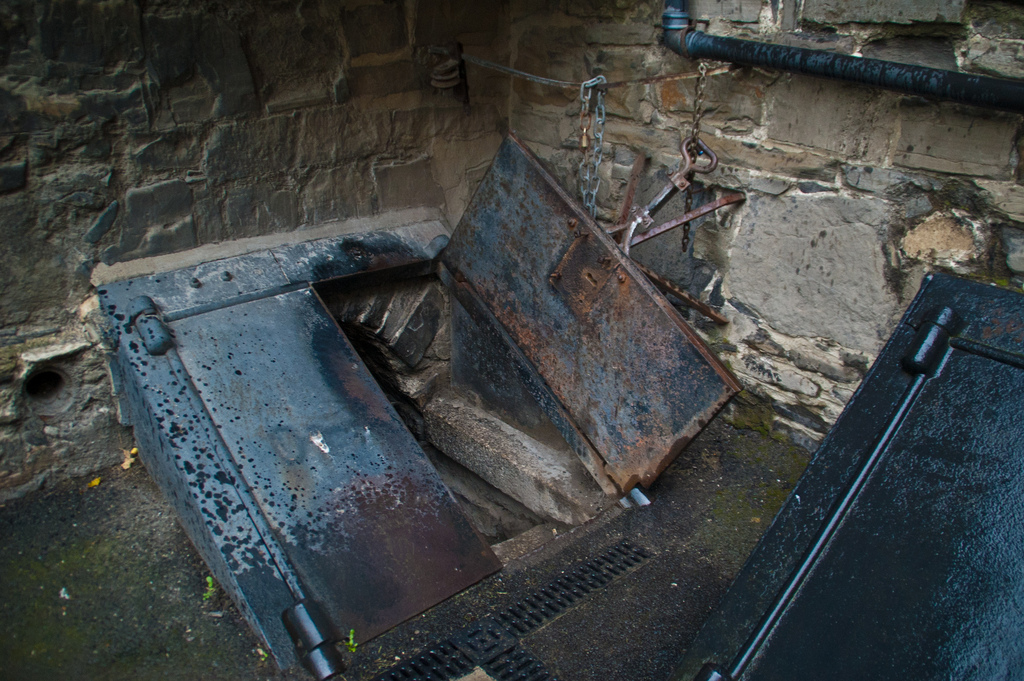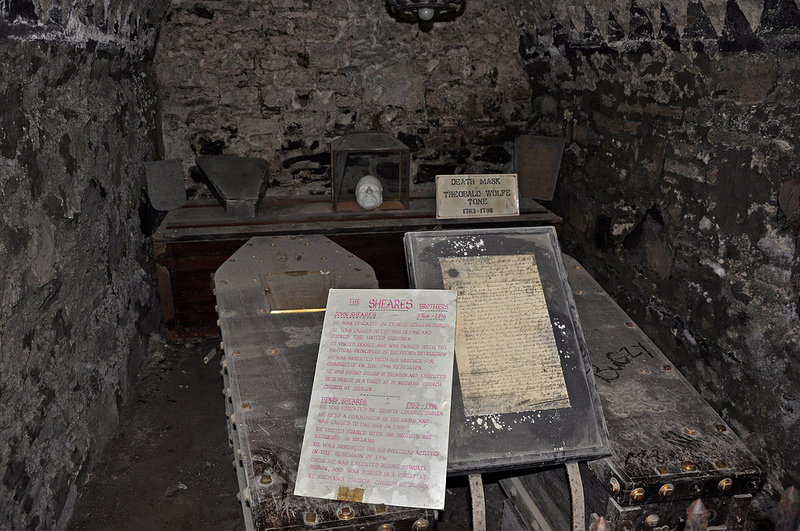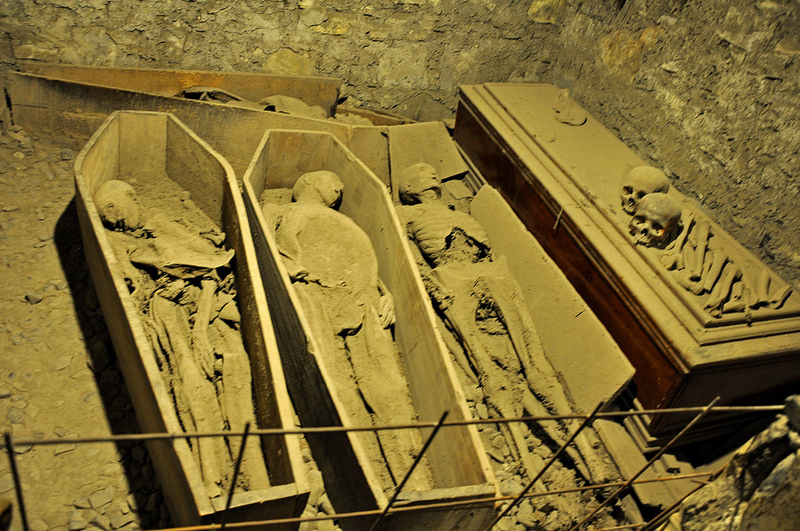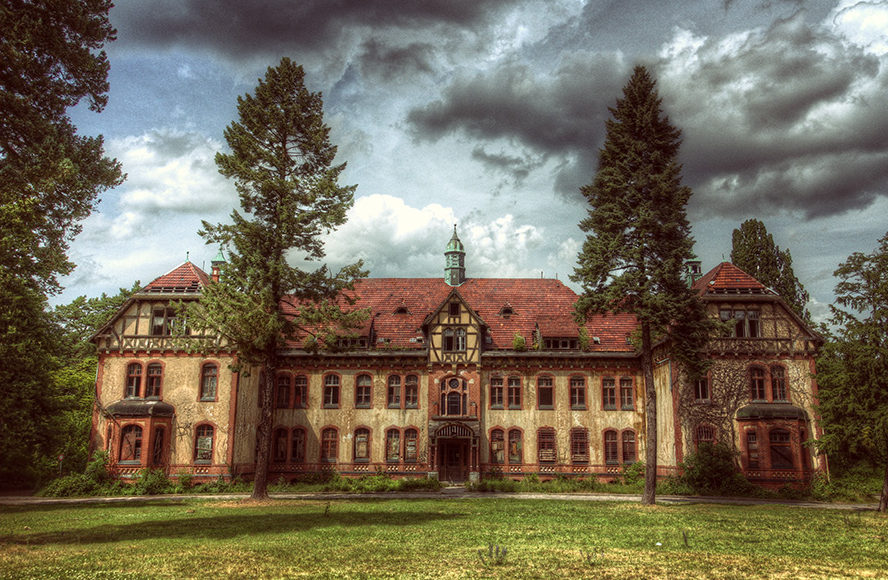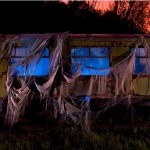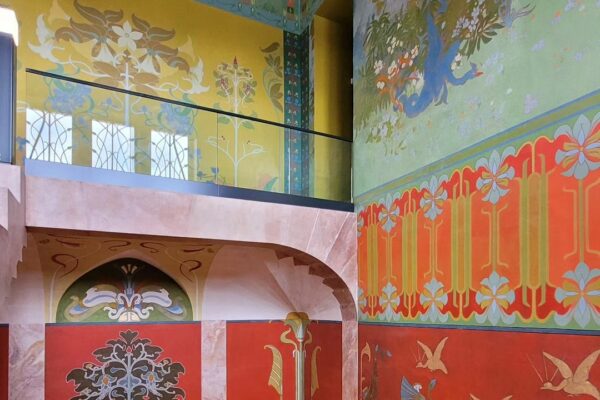1. An Abandoned Soviet-Era Circus
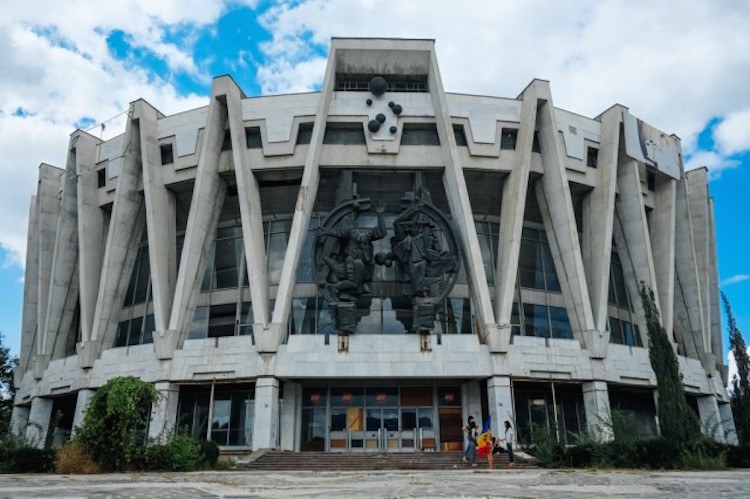
Clowns and abandoned places should never, ever mix….
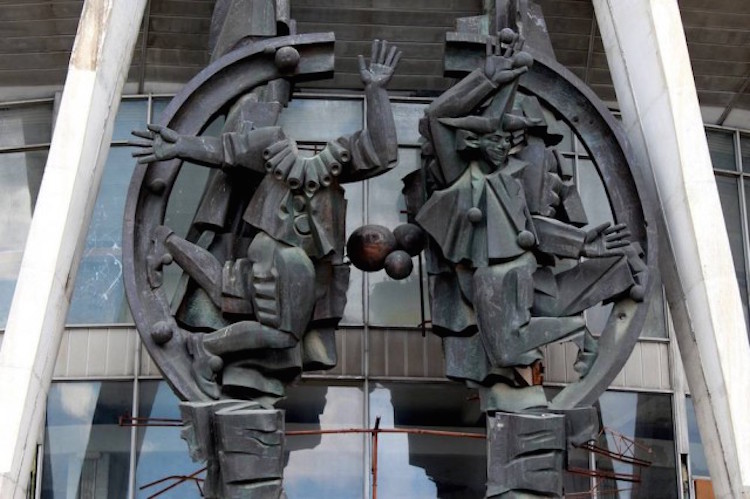
In the capital city of The Republic of Moldova, there’s an abandoned mid-century communist-era circus located in the capital city of Chisnau. Easily accessible, it’s a pretty popular spot with teenagers, who like to sit, chat, and drink on the steps of the forgotten building– the perfect recipe for a teenage horror flick. Abandoned since 2004, the inside remain surprisingly intact, complete with all the clown murals you could possibly need to fill your nightmares.
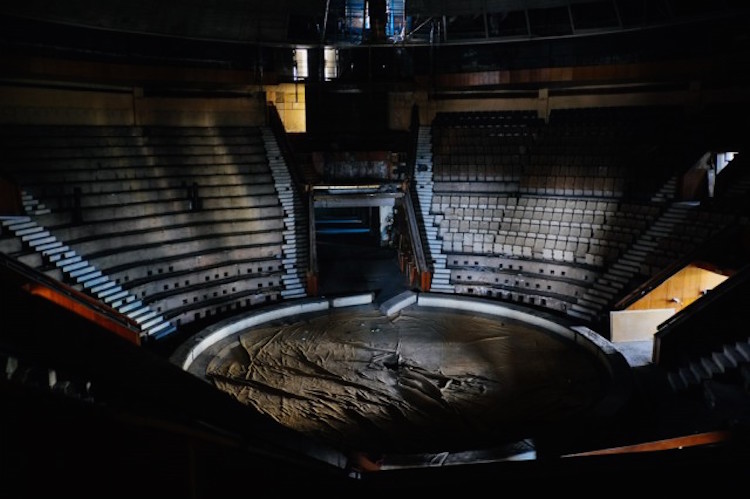
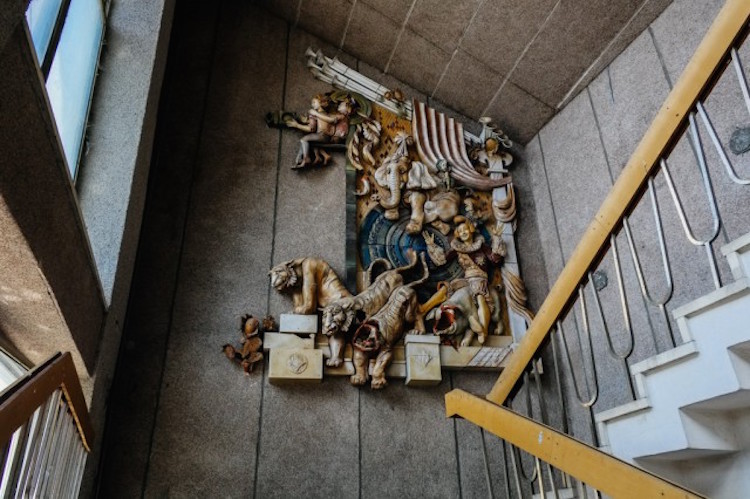
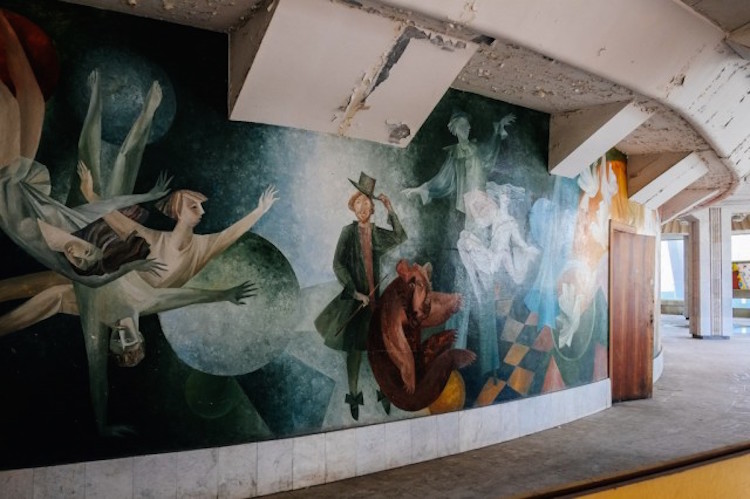
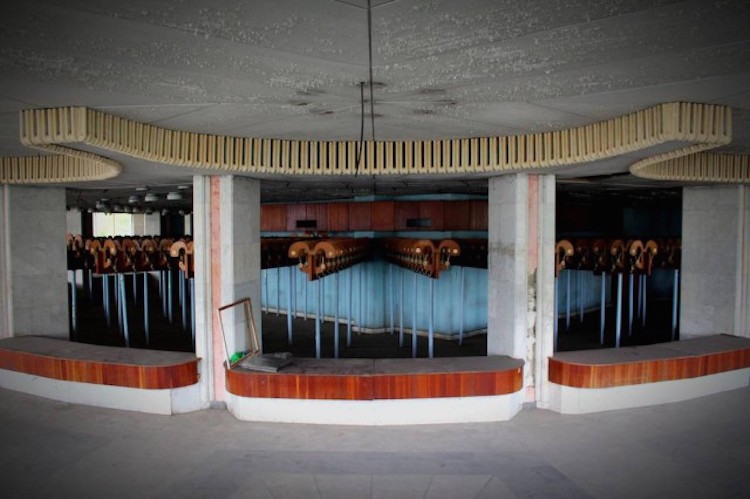
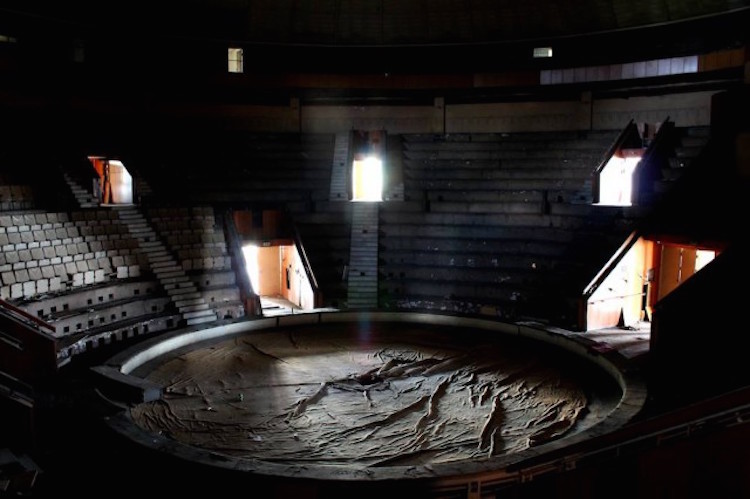
After surviving through seventy years of Russian communism only to see its economy destroyed in the midst of a revolution and political upheaval, Moldova remains one of the poorest nations in Europe. The circus was a respected form of entertainment during Soviet times and this abandoned mega-structure is certainly the elephant in the room.
Photos © Caters News Agency
2. Inside this Ghost Ship on the Mississippi River
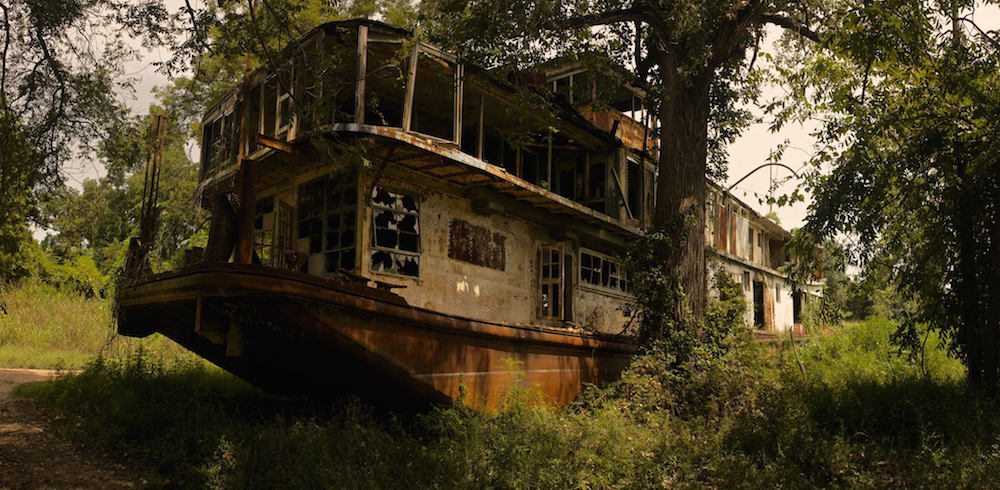
If you ever watched Disney’s The Rescuers as a kid, this ghost ship might remind you of Miss Medusa’s creepy hideaway at the Devil’s Bayou, guarded by her two trained crocodiles…
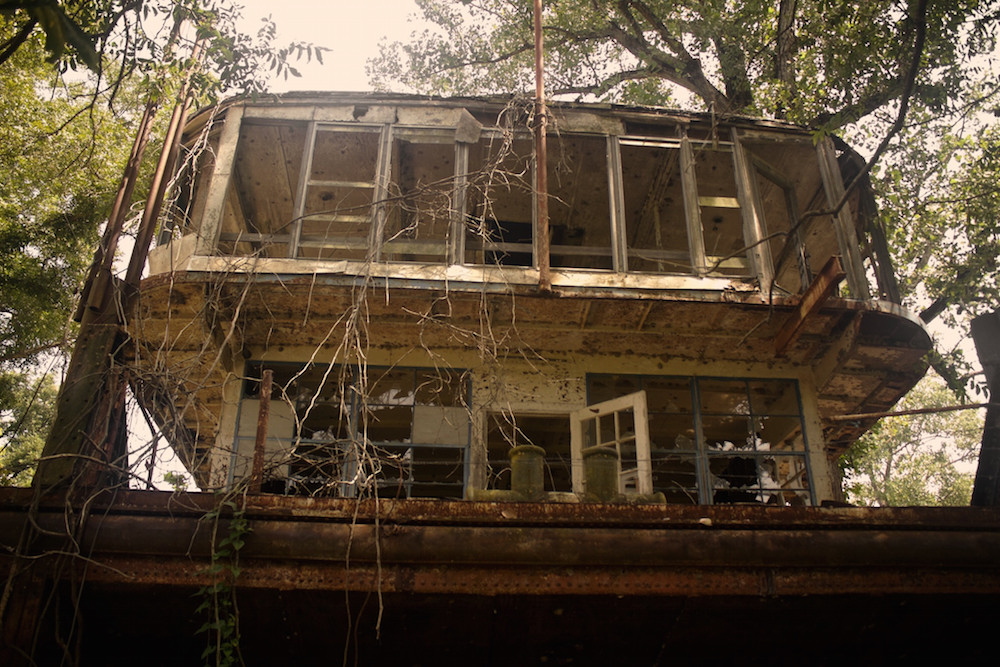
This is the Mamie S. Barrett, an historic steam-powered sternwheel towboat, deliberately run aground and abandoned during flooding in the 1990s. The abandoned steamboat is now a haunting, moss-covered wreck. First put to the river in 1921, she was used by Franklin D. Roosevelt in 1942 for his river inspection tour; a claim to fame that should guarantee her preservation. Once converted into a restaurant, then a theatre and last a casino, the abandoned riverboat has finally settled into its fate of being a lonely wreck.
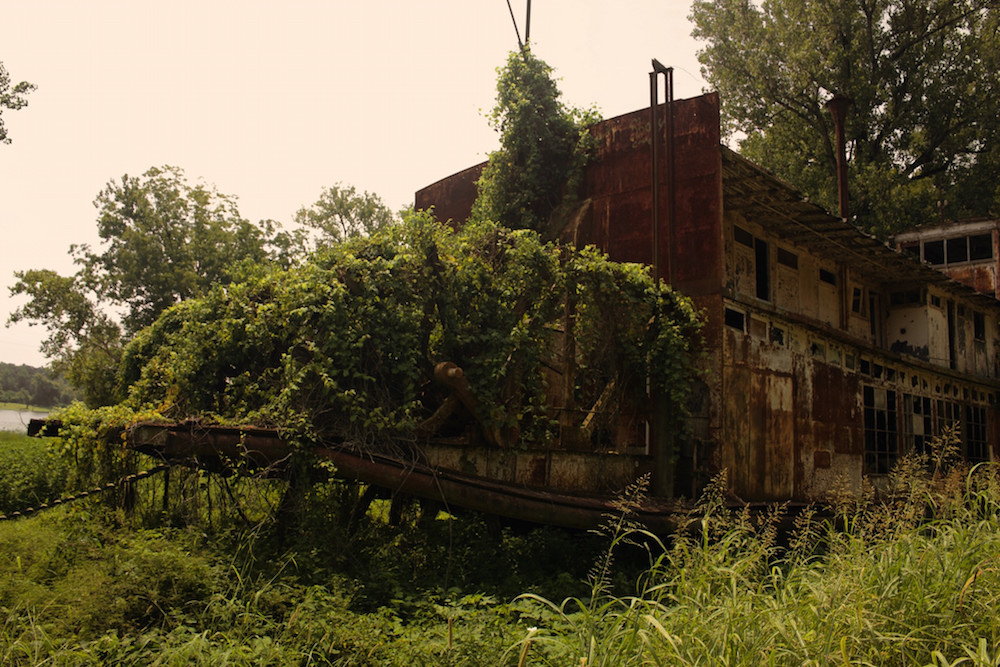
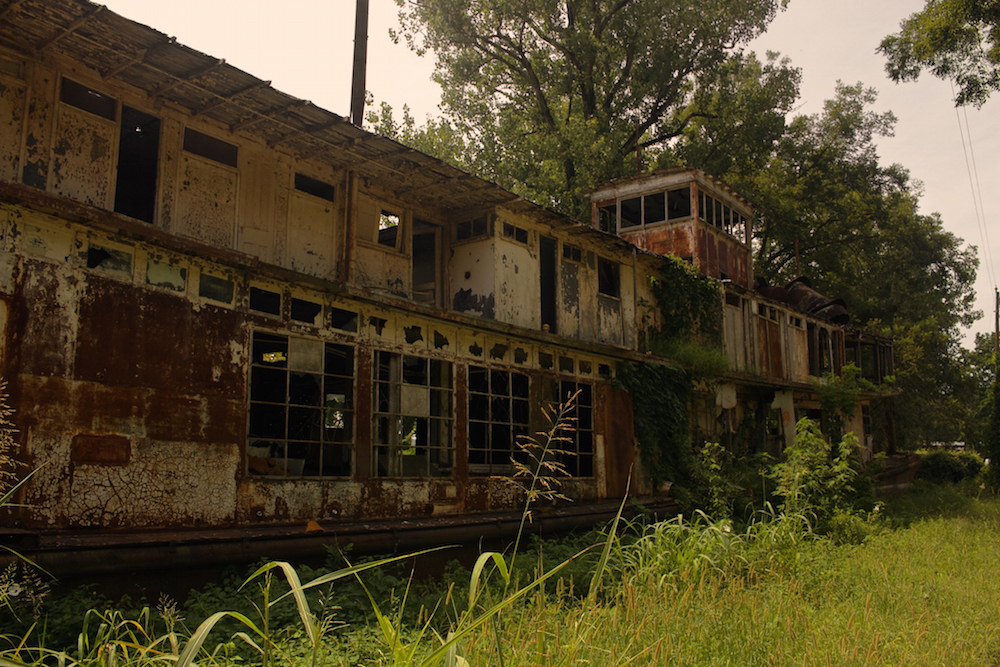
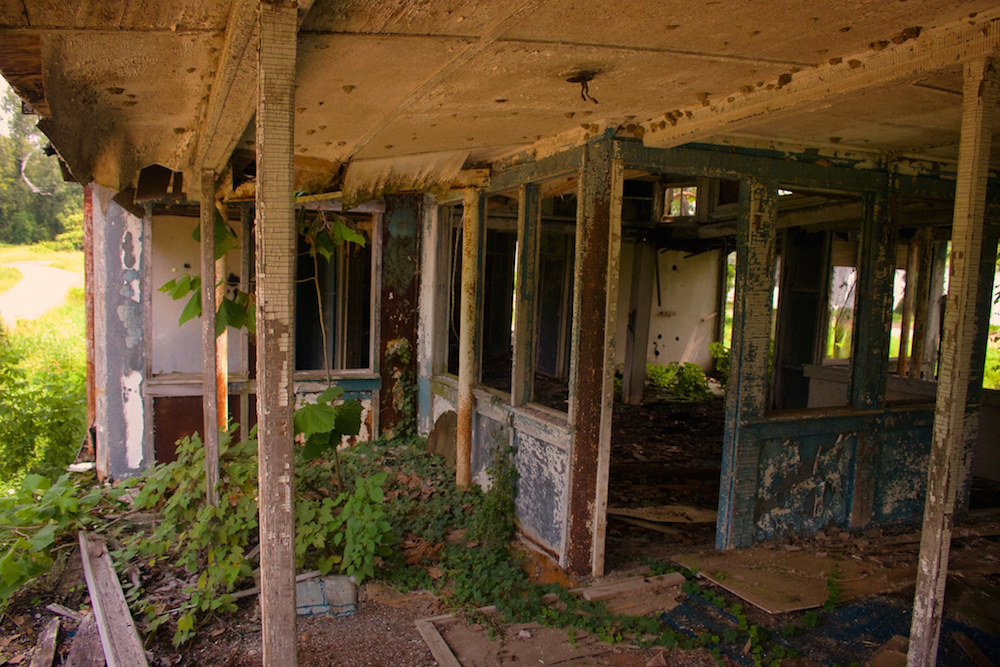
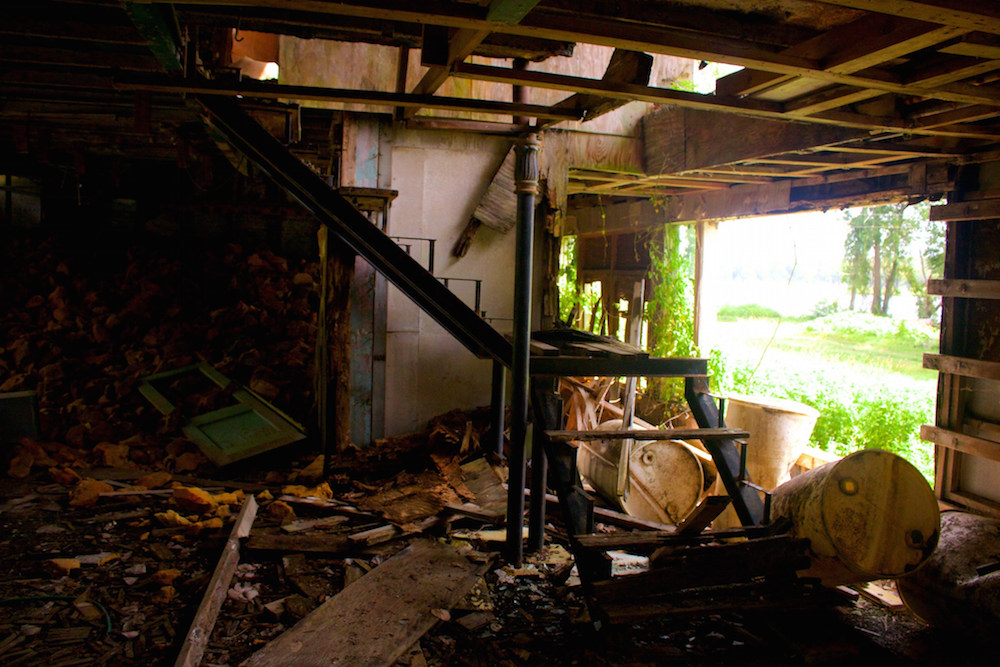
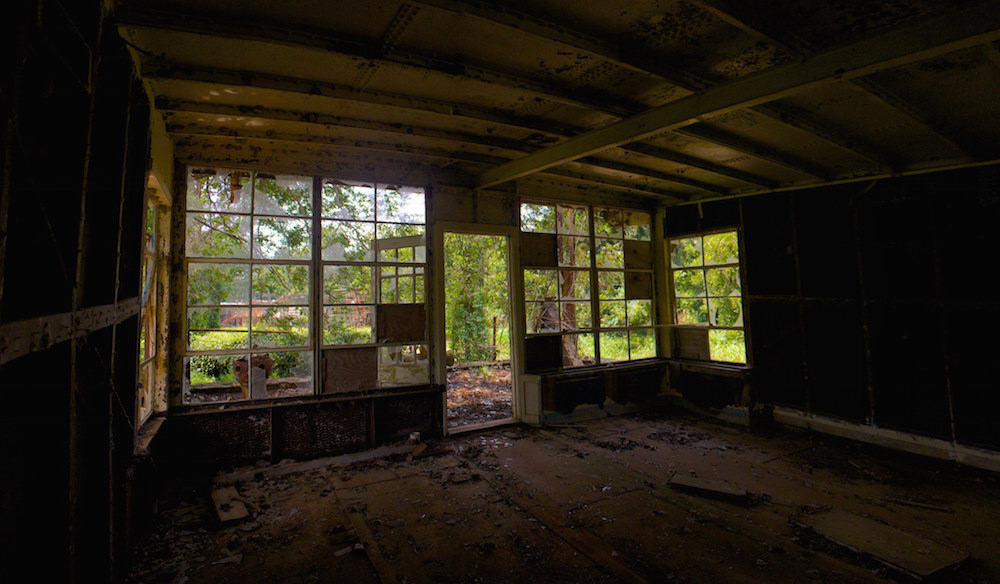
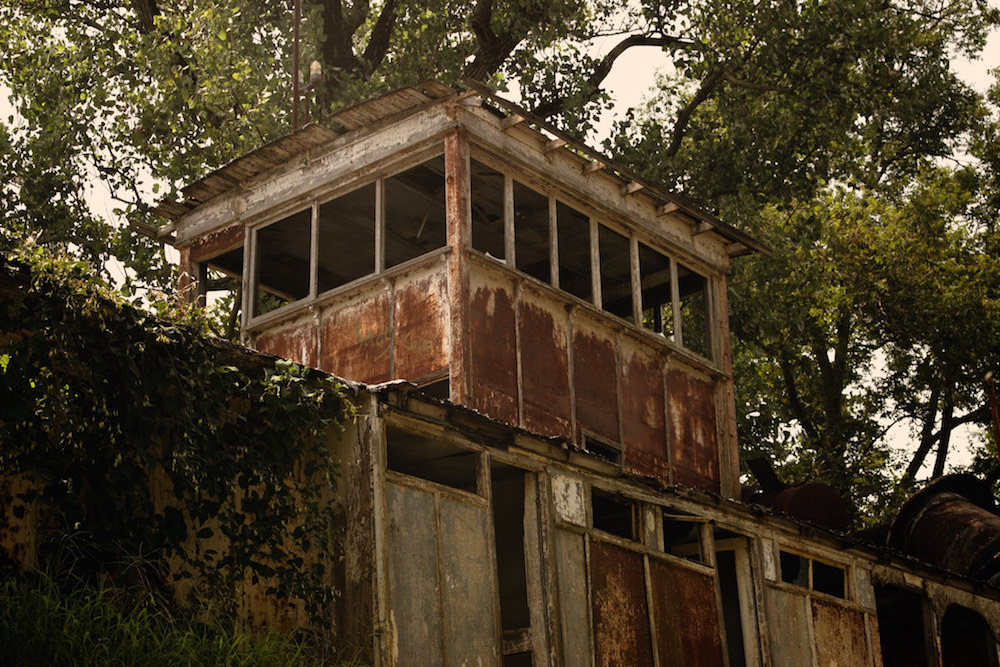
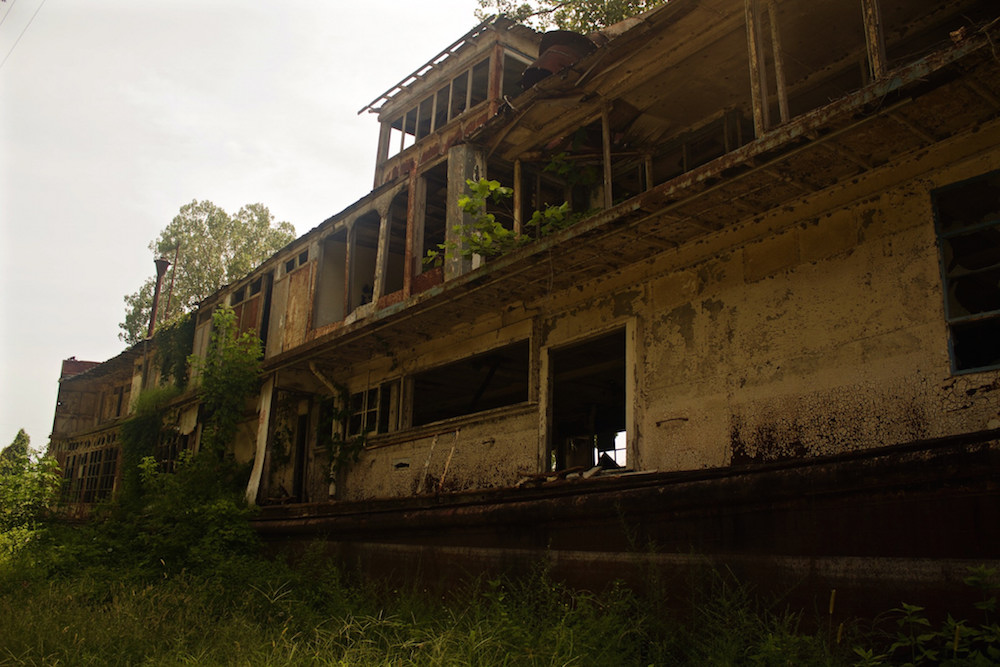
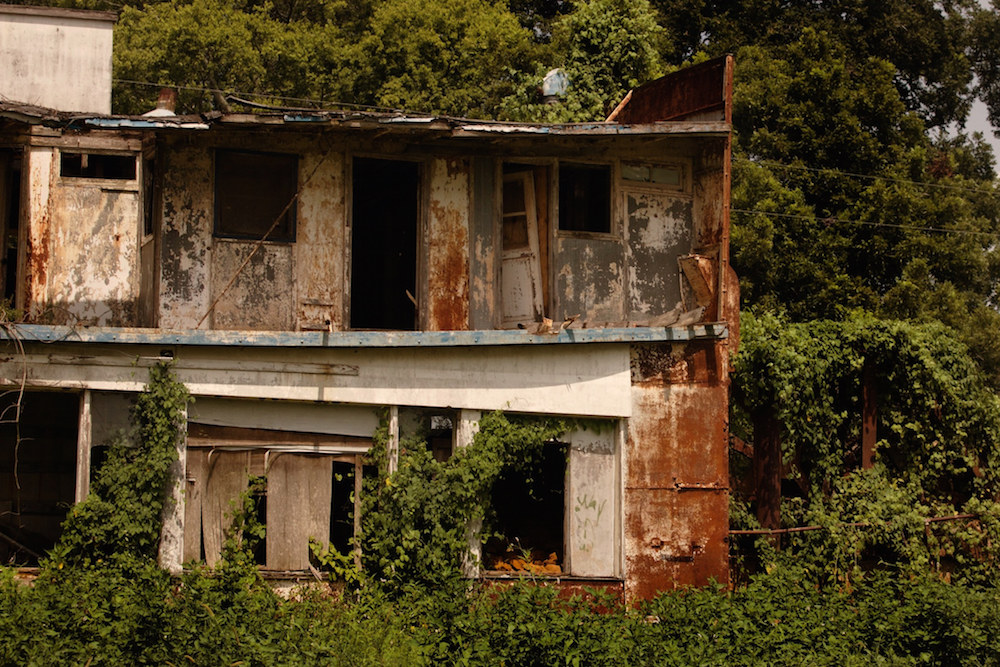
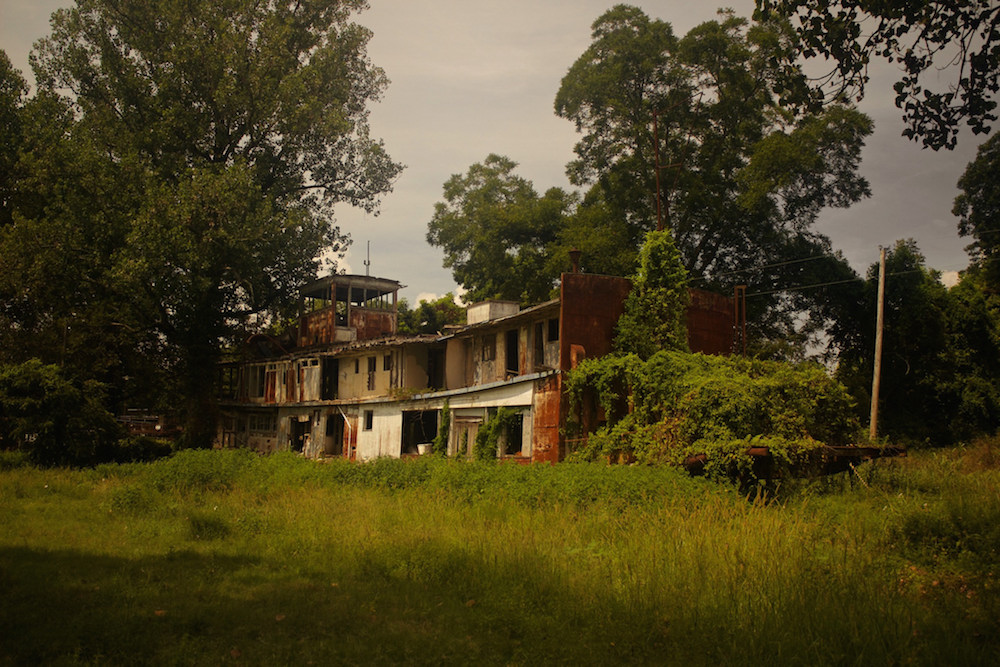
Photos by Skyler Brown.
3. On an Arctic Island abandoned by Eskimos
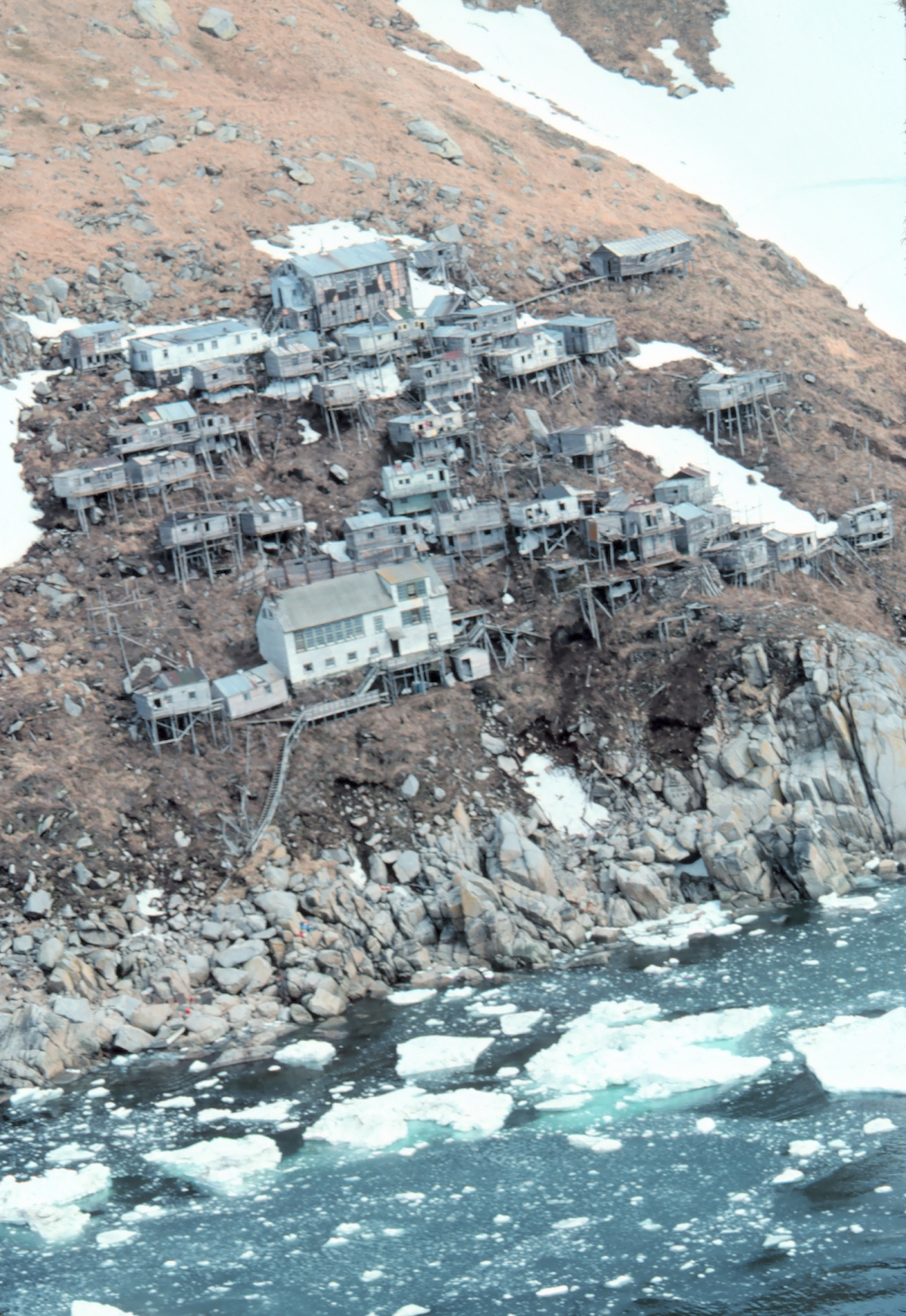
NOAA Photo Library
I’m pretty sure this is where Game of Thrones‘ white walkers came from. For thousands of years, a community of Inupiat Eskimos lived, survived and thrived in one of the harshest environments in the world: Alaska’s Eskimo Ghost Village on Stilts.
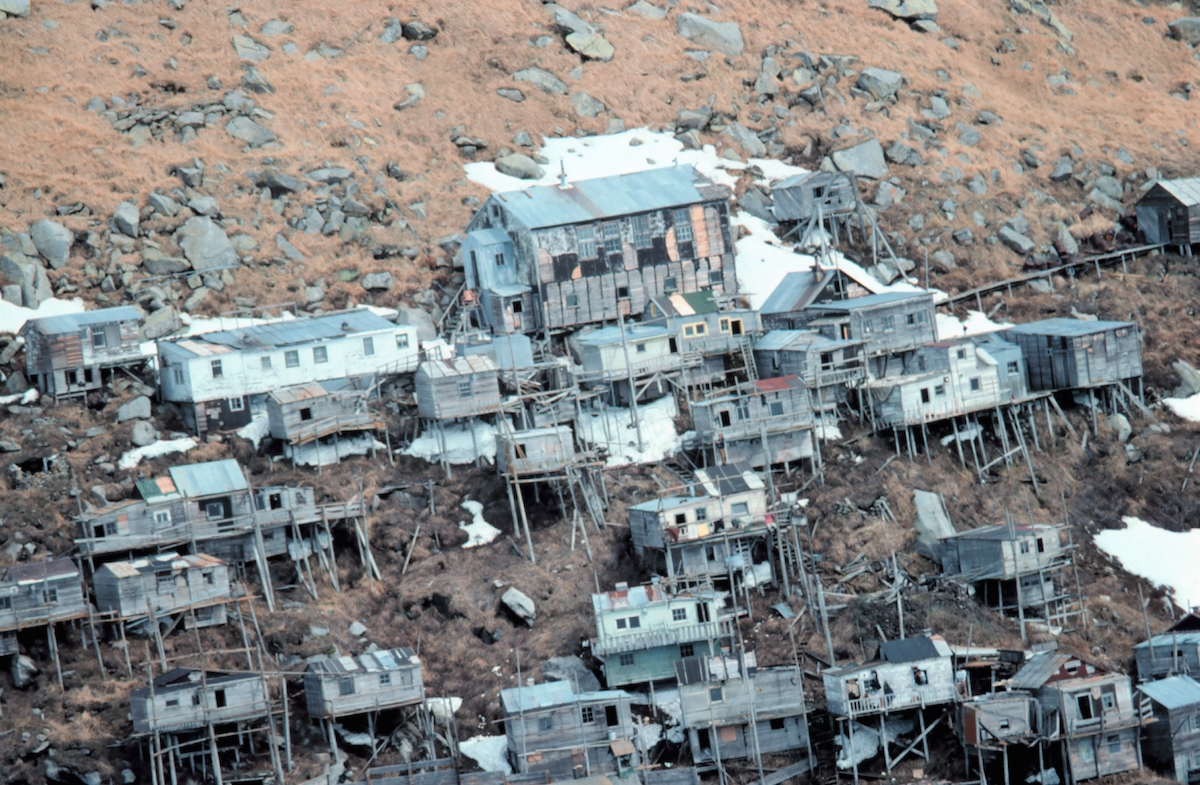
This is King Island, and these are the improbable cliff-hanging houses of Ukivok that a displaced community once called home. In 1959, the Bureau of India Affairs made the decision to close King Island’s only school at the heart of the village. There was a large boulder on top of the rocky island that they believed was ready to fall and crush the school in its path. With the children left without a school, families were forced to seek education for them on the mainland and given no choice but to move from their homes and start a new way of life. The last natives left their homeland in 1970.
This remote island village stands defiantly against the elements despite the passing of time and the absence of man, as if it were expecting its inhabitants to return any moment and resume life as it was before.
More photos here.
4. Hanging out with the Mummies of Dublin
In Dublin, you can shake hands with the dead. Oscar Wilde wrote ‘The Picture of Dorian Gray’ here, and Bram Stoker concocted Count Dracula, without ever having travelled to Transylvania. One of the places allegedly inspiring him to write the scene with the dried-out undead count lying in his coffin can still be visited today, in a place where you can shake hands with an 800-years old corpse.
Only a few tourists venture to St. Michan’s church, between the Four Courts (the main Dublin court). It’s admittedly unimpressive from the exterior, but this is one of the oldest churches in Dublin, possibly the only parish church on the north side of the Liffey River surviving from a Viking foundation, and inside there’s an organ on which Handel is said to have composed his Messiah. The real interesting sights here though, are underground…
You need to crawl down a set of sunken steps to enter the vaults and meet its many interesting inhabitants. The coffins of several well-known revolutionary figures sentenced to death can be found in the crypt, along with items they were buried with, including copies of death warrants and their death masks.
But in the next vault, we find the mummies. There are a number of theories as to why the corpses in the tombs have been preserved so well. One is that the basement contains limestone, making the basement particularly dry and therefore good for mummification. Another is that the church was built on former swamp land, and that methane gas is acting as a kind of preservative of the bodies. Whatever is preserving the mummies is also disintegrating their coffins. After a certain amount of time has passed the wood crumbles away and a well-preserved mummy is revealed.
This is the main reason why you’re allowed to see the mummies at all, for though it would be inappropriate for the Church to break open caskets to display the dead, when the mummies reveal themselves, so to speak, no one can forbid visitors from having a look. There are caskets strewn about and visible in multiple states of decay through the open doors of the vaults, some coffins are falling apart and reveal an arm or leg or even a skinless, dried out-skull. One of the Mummies is an 800 year old mummy called ‘The Crusader’, who either died in the crusades or returned and died shortly thereafter. Today you are still allowed to touch his hand, but only lightly on his long index finger, where the skin has turned black and leathery by centuries of still-living visitors rubbing his dead finger for luck.
Photostory by Michael Krueger
5. Hitler’s Hospital
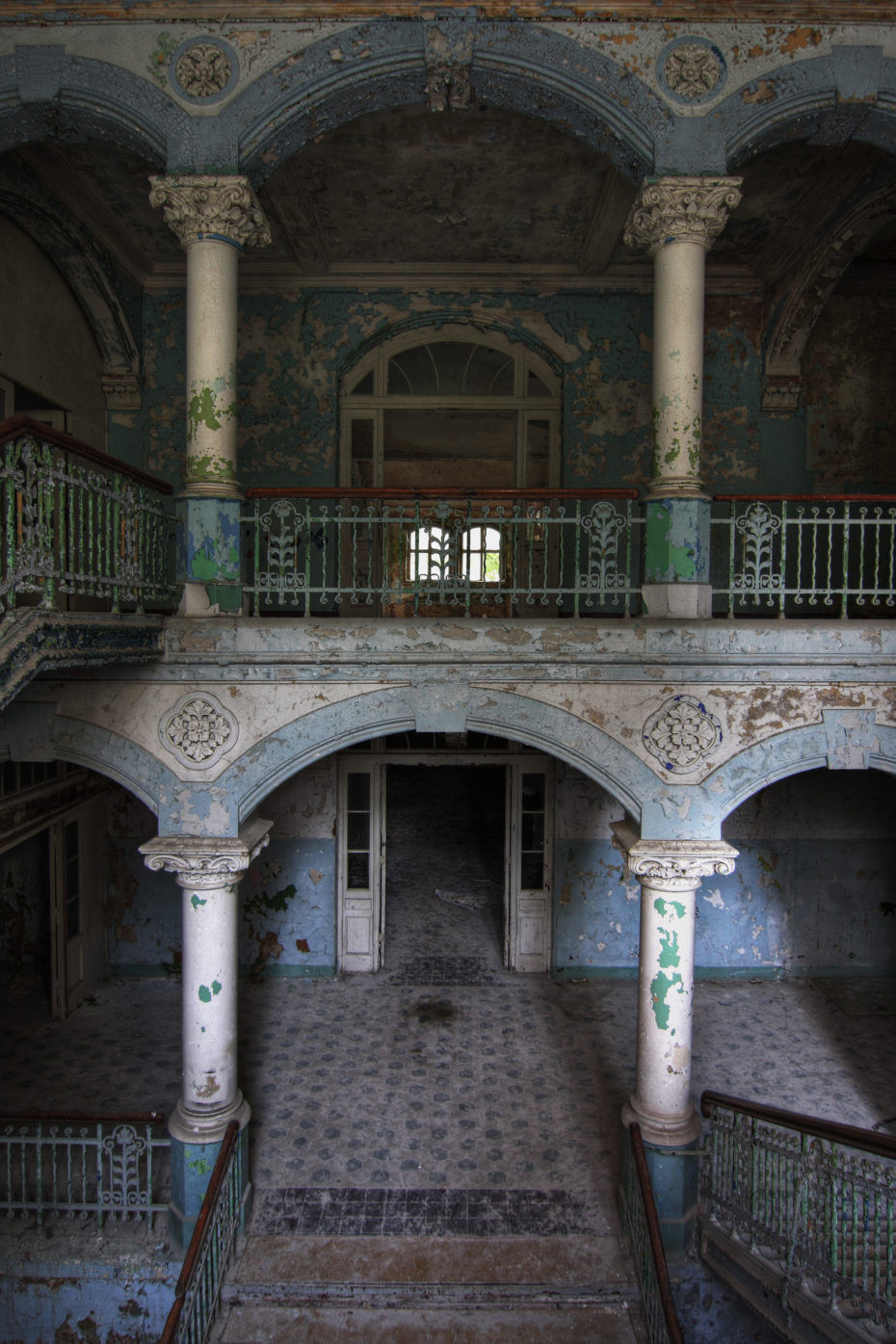
© Bousure
Of all the ghosts to be haunted by, Hitler’s is definitely not one you want coming after you, especially within the walls of a forgotten old hospital.
During the Great War, Beelitz Sanatorium in Germany was turned into a military hospital, where a young Adolf Hitler was treated for a thigh injury he acquired during the Battle of the Somme. During the Second World War several buildings were bombed by the Allied Forces and in 1945 it was occupied by Soviet forces and remained a Soviet military hospital even after Germany united in 1990.
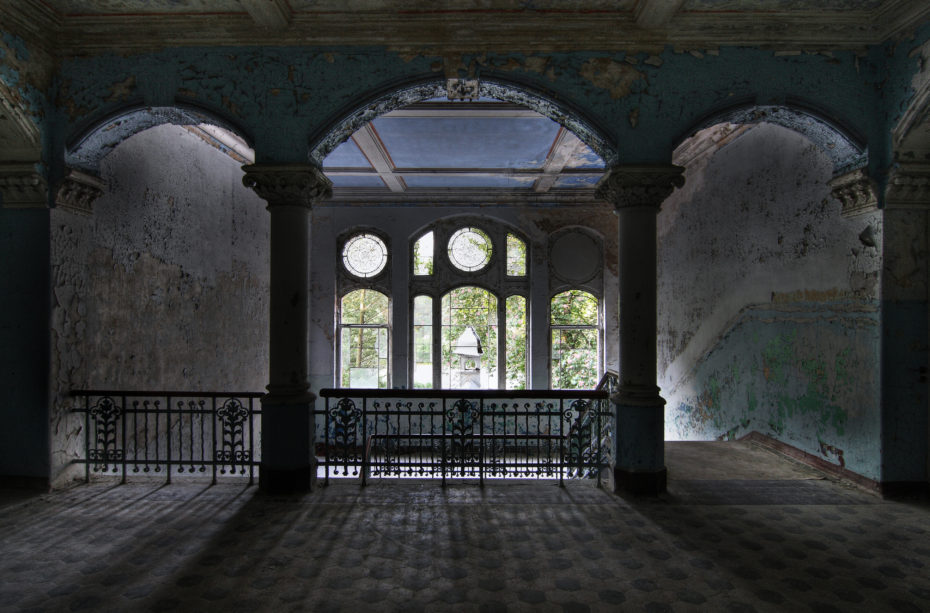
© Bousure
Urban explorers describe the complex as ‘easy to enter’ and many are baffled by the ease of access and the fact that none are secured and only a few are boarded up.
The 60-building complex has a ‘ghost town’ air about it, and once functioned as a little village to support the treatment facilities, with a post office, restaurant, butcher and bakery.
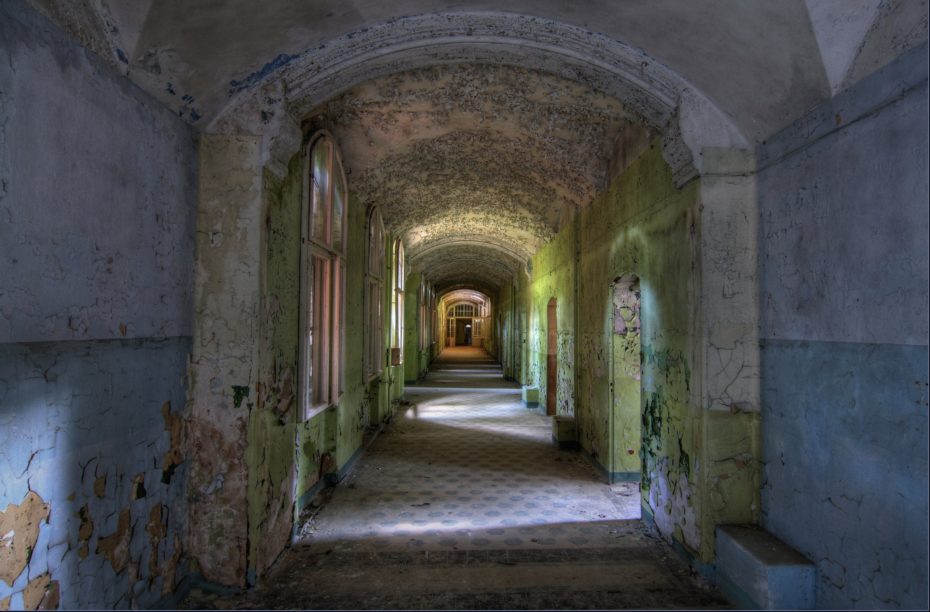
© Bousure
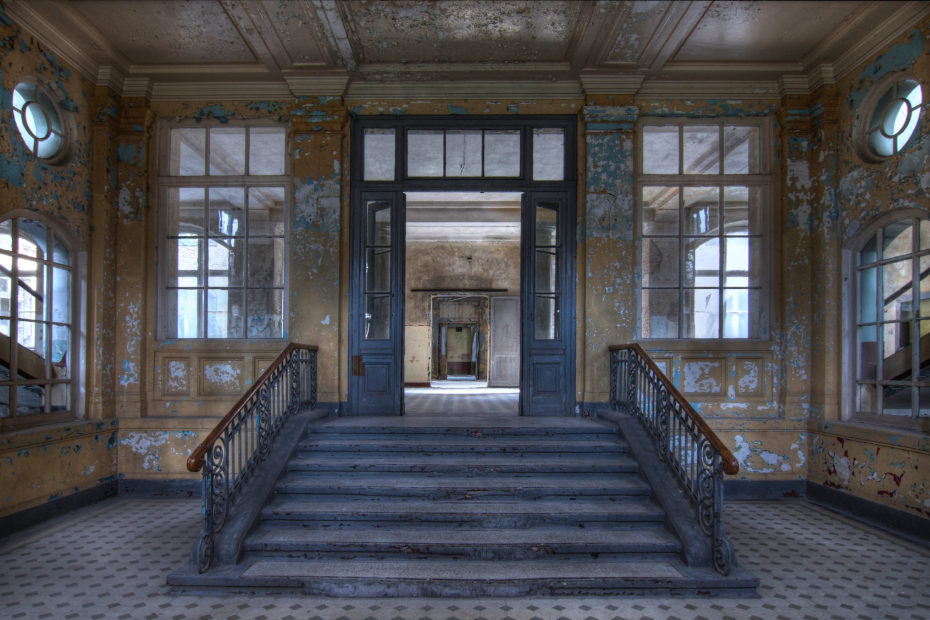
© Bousure
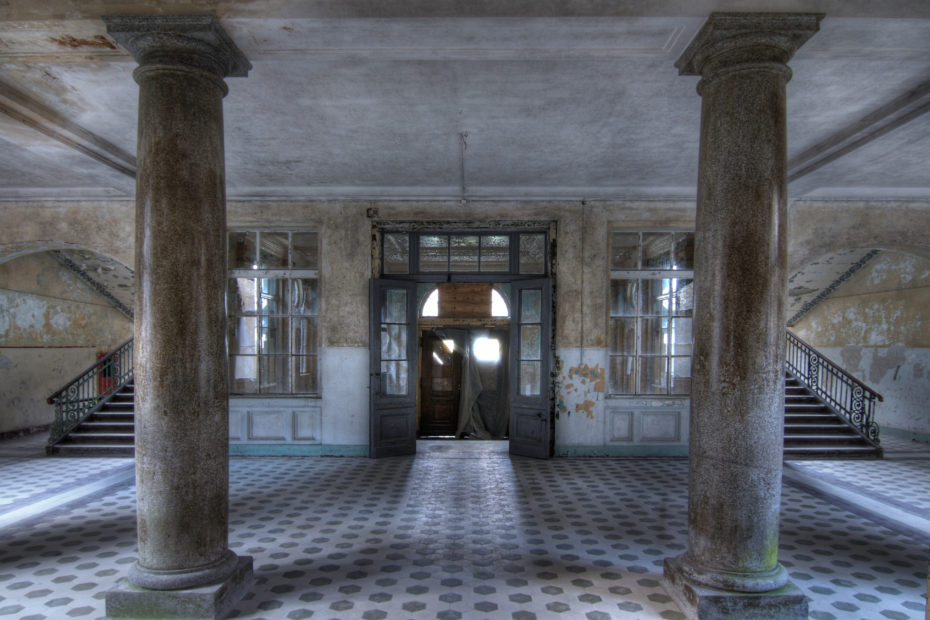
© Bousure
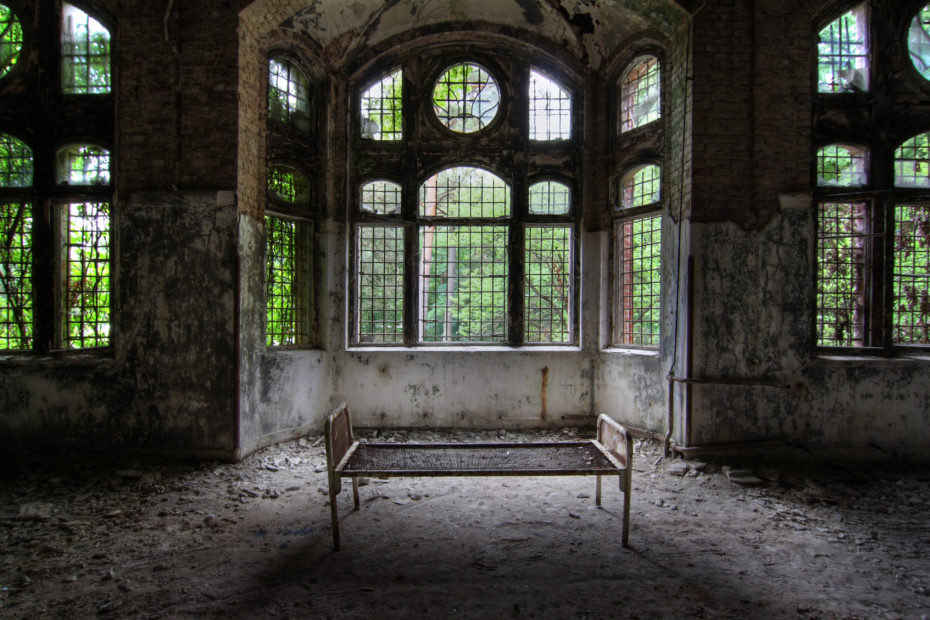
© Bousure
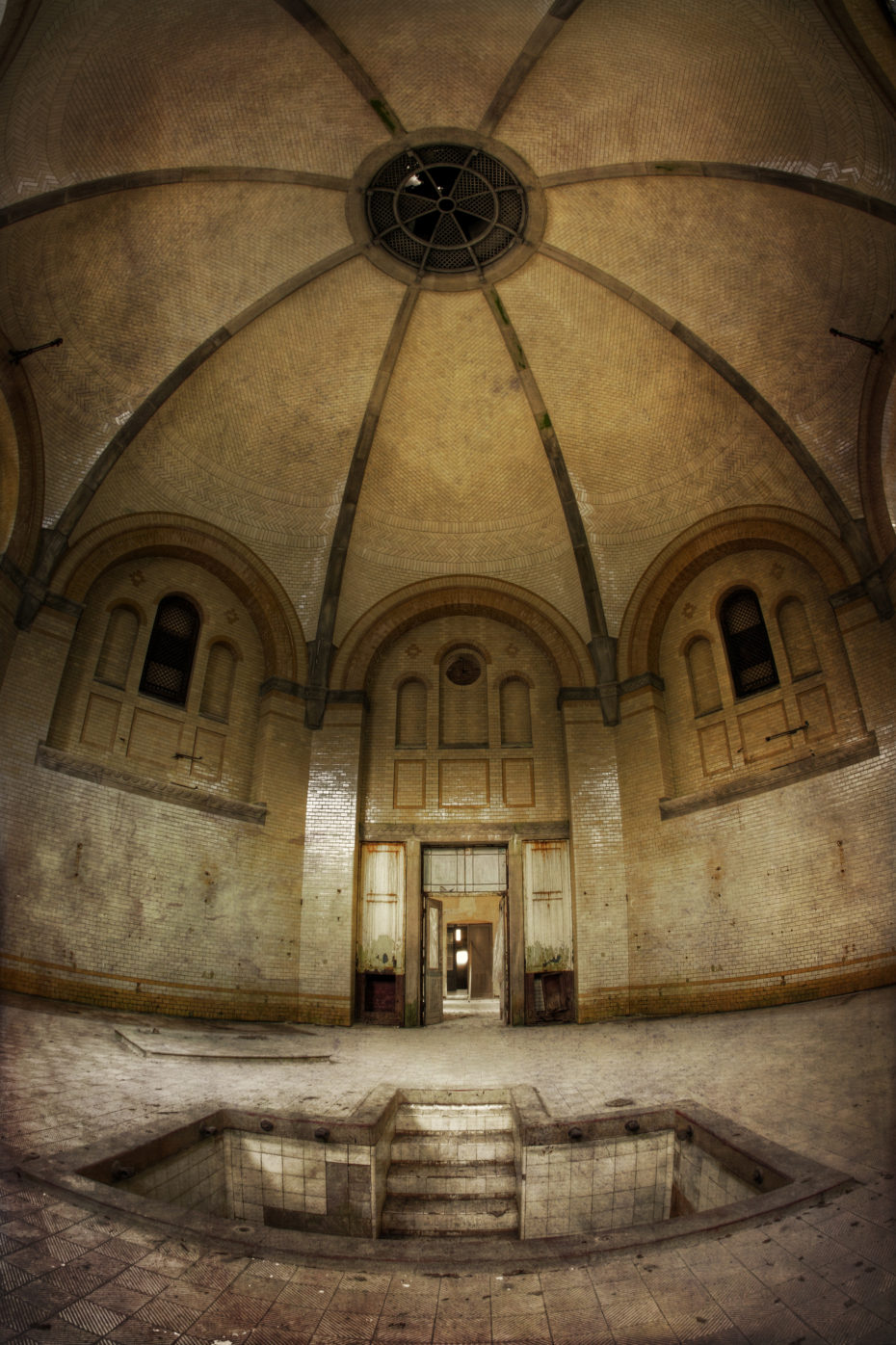
© Bousure


